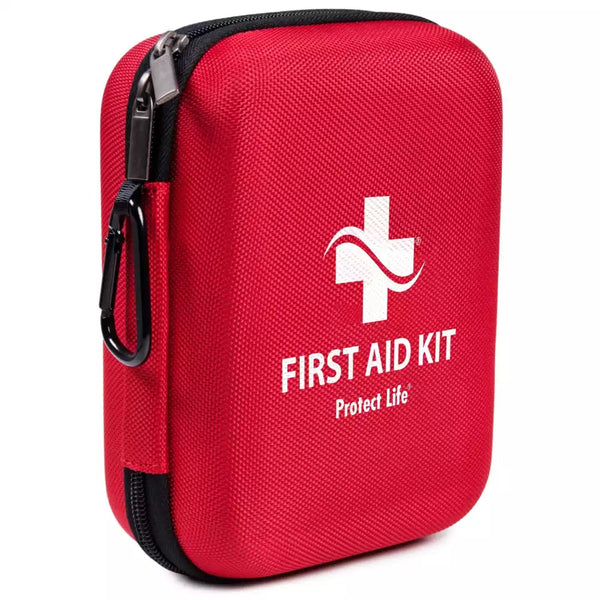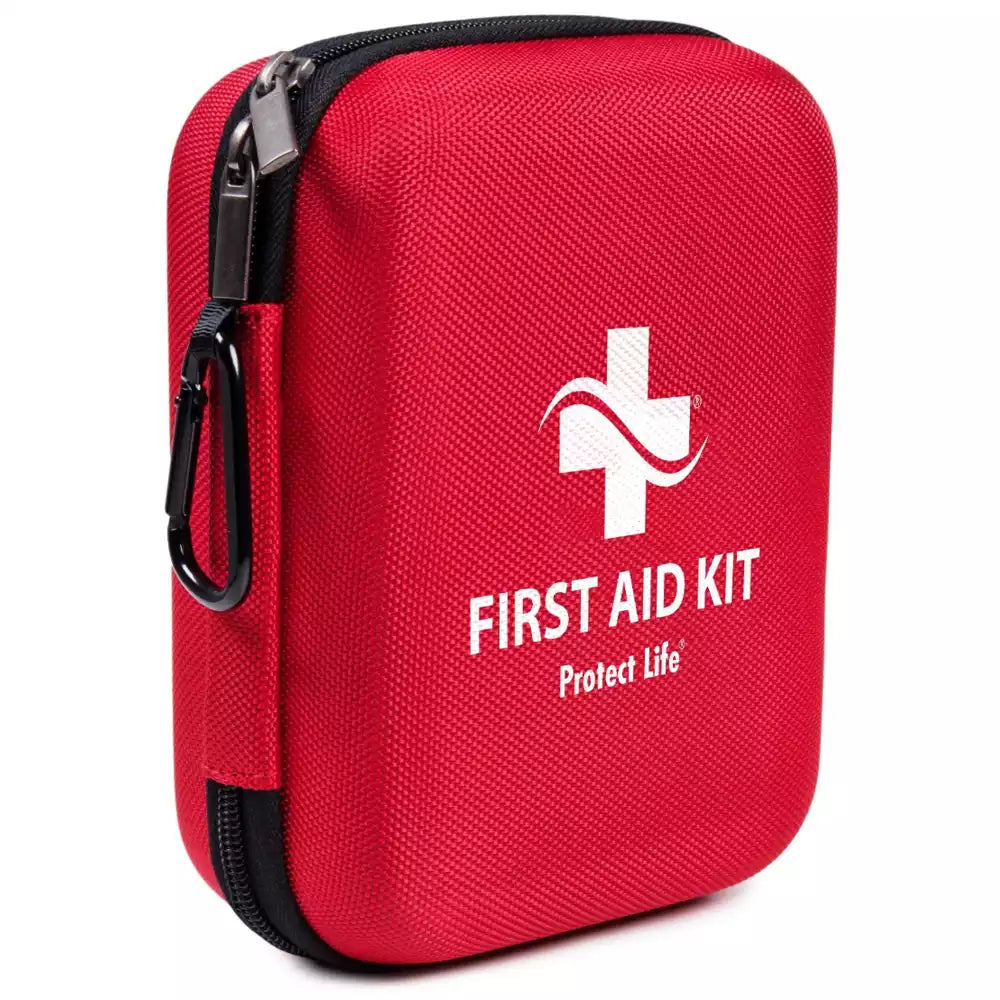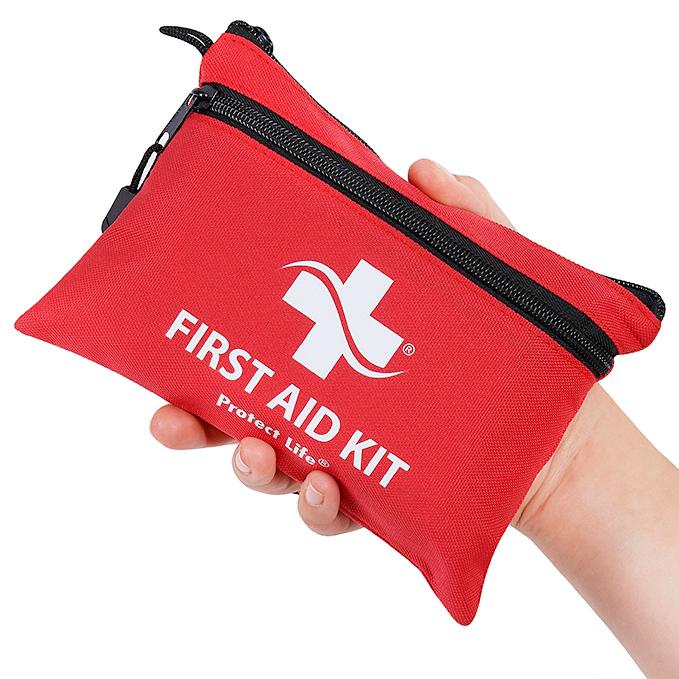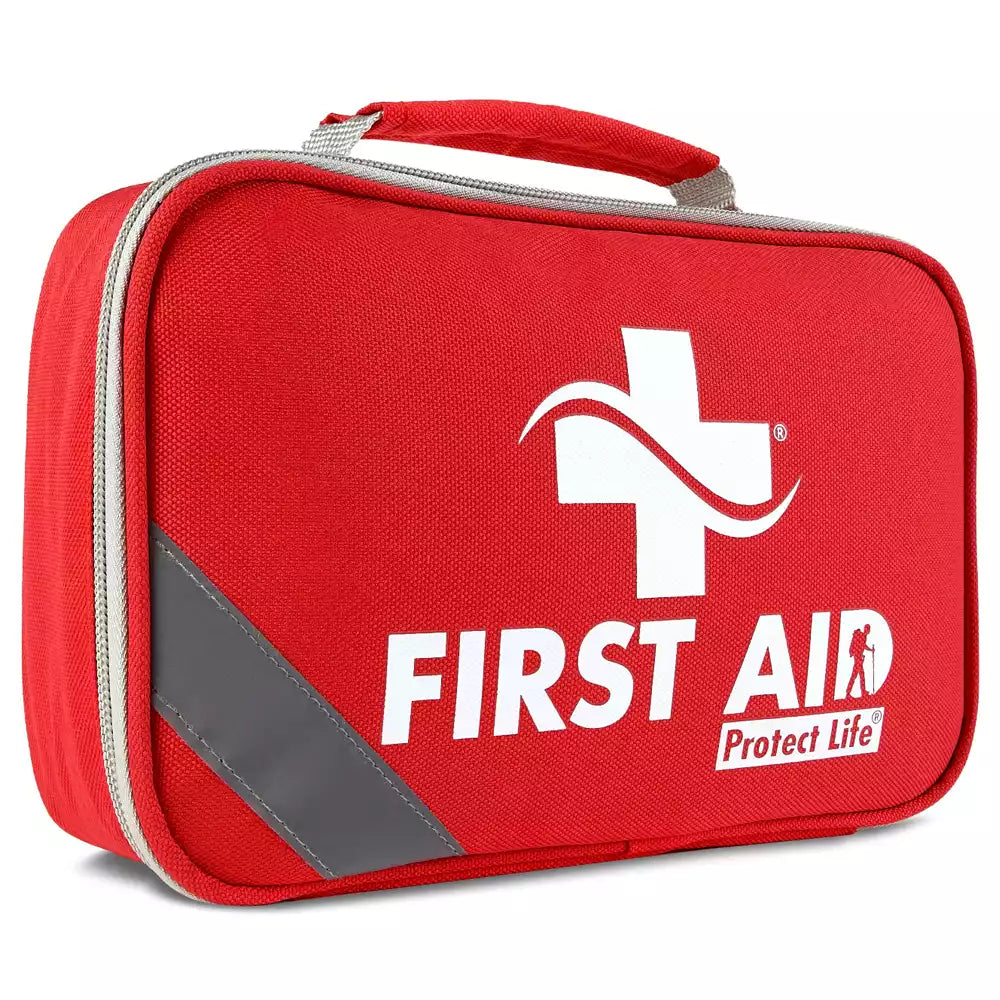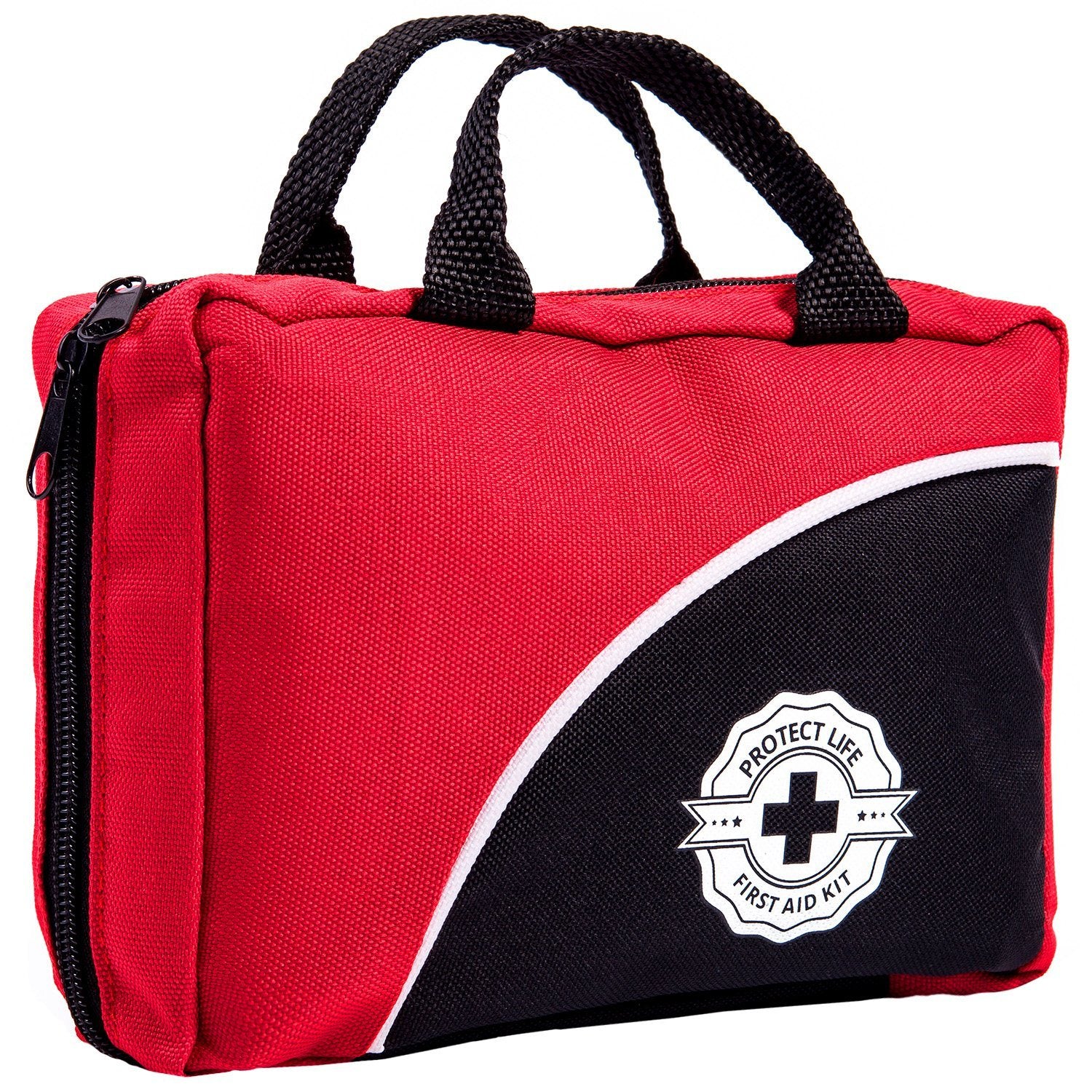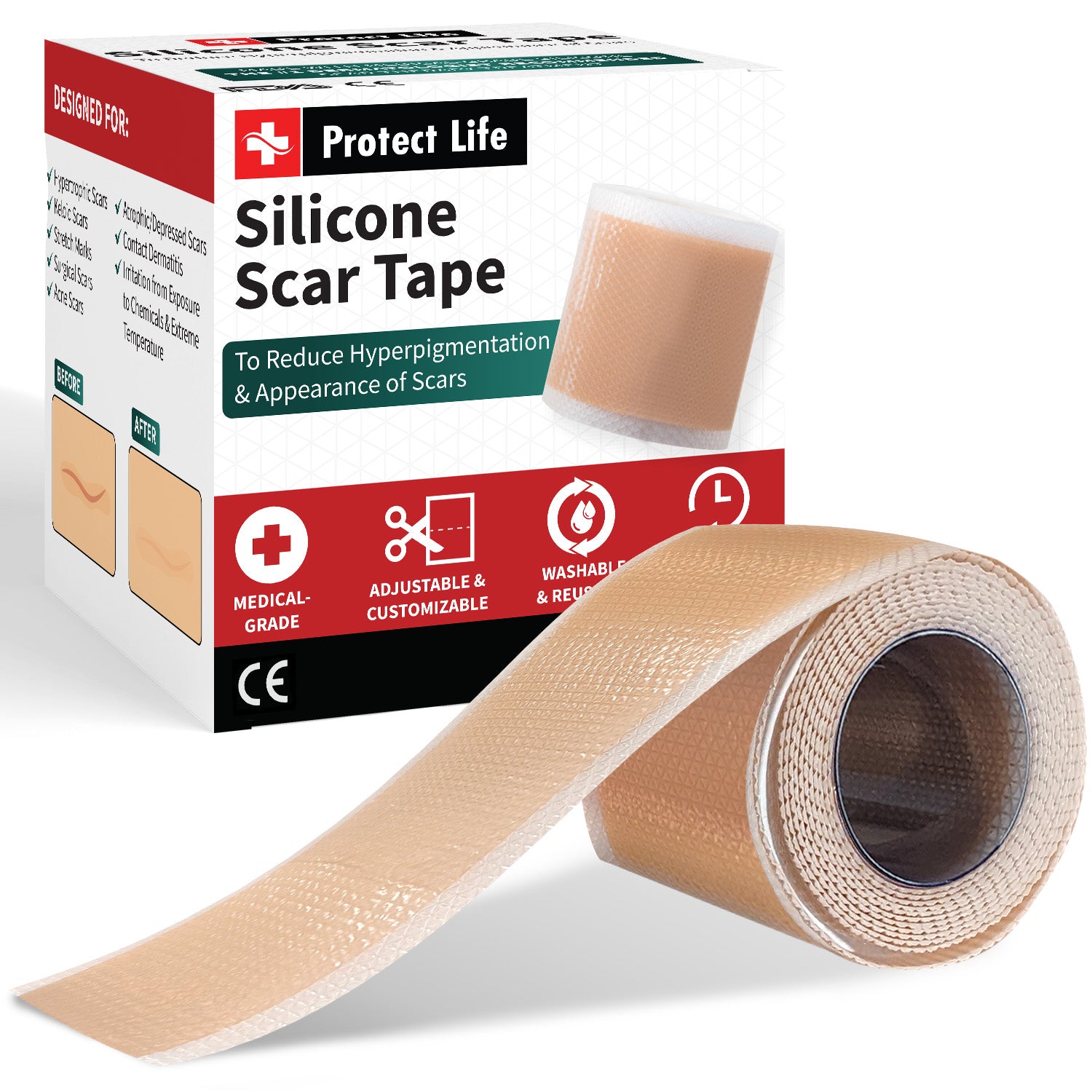In emergency situations, everyone wants to help, but sometimes an unprofessional may actually harm or endanger the life of an injured person. Almost all of us remember some basic elements regarding first aid rules in emergency situations. But we should ask ourselves whether our knowledge is correct or rather fragmented so much that it has lost its usefulness.
A number of widespread and dangerous mistakes that many people have made from their great desire to help others can be identified. Furthermore, there are situations we confront on a daily basis, which are not classified as emergencies (cuts, scrapes, burns), but which can cause discomfort and heal slower unless treated correctly.
To avoid these situations it is recommended to know and understand some of the most common and dangerous first aid mistakes one should never put into practice, explained by the members of our Protect Life team, specialists in emergency medicine.
Here are some dangerous first aid mistakes we should all avoid:
1. Sweat & fever
Especially if you are a parent or you simply supervise a child or a baby, you should always be prepared to know what to do in case of a fever. Although sweating helps to regulate the body temperature, dehydration must be avoided or forced; it is more important to identify which is the cause (may also be non-infectious causes of fever) that led to fever, as well as its treatment.

If a baby or an adult has fever no one should try to “help” him to sweat, but rather to “cool” the patient. Doctors recommend a list of medicines to reduce fever and also applying cold wraps to cool the body from the outside.
If you are in a situation where there are no clean towels you can use, open your first aid kit and use the triangular bandage (lukewarm water for children, cold water for adults) and wrap it around the body.
2. Insert an object into the mouth of an epileptic person during a crisis
This dangerous myth persists because of the ancient belief that the patient will swallow his tongue. This is very unlikely because the tongue is supported by the lingual frenzy and there have been many cases in which the forced introduction of harsh objects into the mouth of epileptic patients has caused them gum or dental injuries.

Far more important is to turn the epileptic person on the side so that any fluids from the mouth will drain without being swallowed and also protecting the patient’s head against trauma. Cushion their head with something soft (the emergency blanket from any of our first aid kits will do just fine).
3. Don’t lift an unconscious person
If someone has lost consciousness, do not try to lift it or sprinkle it with cold water. Also, when it comes back it does not give it coffee or energy drinks because the coffee dehydrates and this can make the situation worse. Raising the victim's feet above the heart level will help more.
4. Apply cream or ointment on the burn straightaway
In the case of a thermal burn, it is essential to actively raze the area to prevent the burning in-depth; this can be done with cool water even from the tap (for children with large burning surfaces it should be taken into account that this can induce hypothermia). Do not apply to the burn cream or ointment as it will cover the skin pores and it can worsen the burn as well as the pain.
When it comes to a larger area, it is more important to prevent an infection.
Cleaning the burn with physiological saline will help, as well as covering it with a nonadherent pad from your Protect Life first aid kit.

5. Move the body of a person who has been involved in a car accident
DO NOT move an injured’s body, especially when there is a suspicion of vertebral spine lesions (in which case moving the patient could generate permanent neurological lesions; lesions may also occur in other organs, not just in the spine, which can become worse when moving). Call 911 and leave the “extraction” of the victims to be carried out with the specific techniques, by the specialized personnel. In the meantime, just make sure the victims are breathing and are as comfortable as possible. Stick around until the emergency service shows up.
6. Giving a choker a pat on the back
This is not a myth: the latest CPR guides recommend that in the case of an adult choking with a foreign object or food fragments giving a number of 5 strokes on the back work better. In case the first procedure fails, you can give 5 abdominal compressions (Heimlich maneuver). Alternate until the food is free.

In the children’s cases, if the child is conscious, coughing is encouraged, and if he’s unconscious, mouth-to-mouth rescue breaths should help.
7. Apply a tourniquet on any type of bleeding
In case of bleeding, it is a mistake to squeeze a tourniquet over the wound, as it can cause permanent lesions in the tissues. Most CPR experts address the use of tourniquets in cases of severe bleeding that pressure alone cannot stop (arterial bleeding, when blood spurts upwards).

Instead of doing this, you can directly apply gauze swabs to the wound. A good first aid kit has different types of gauze swabs that you can use.
8. Rubbing the body areas affected by frostbite and put them in hot water
In the case of frostbite, you should avoid moving the affected areas as rubbing or walking can induce tissue damage. The safe first aid consists in the gradual warming using warm water, not hot (if a thermometer is not available, you can check the water using the elbow inserted into the water) or heating the affected body parts slowly. For example, keeping your hands under your armpits is a good aid technique if other means are unavailable.

9. Helping a person without assessing the situation as a whole
The primary concern is the safety of the savior. There is always the risk that the same mechanism that has triggered the first victim (eg electrocution, burning, drowning, aggression, etc.) will generate the next one, thus complicating the situation.

Please note that in an emergency situation, you should not rush to any action before calling the emergency services. Grant first aid only if you are sure you know the first aid rules or have a ready-to-use a first aid kit which usually comes with a first aid guide. Do not forget that any medical emergencies require the assessment of a specialized medical facility!

